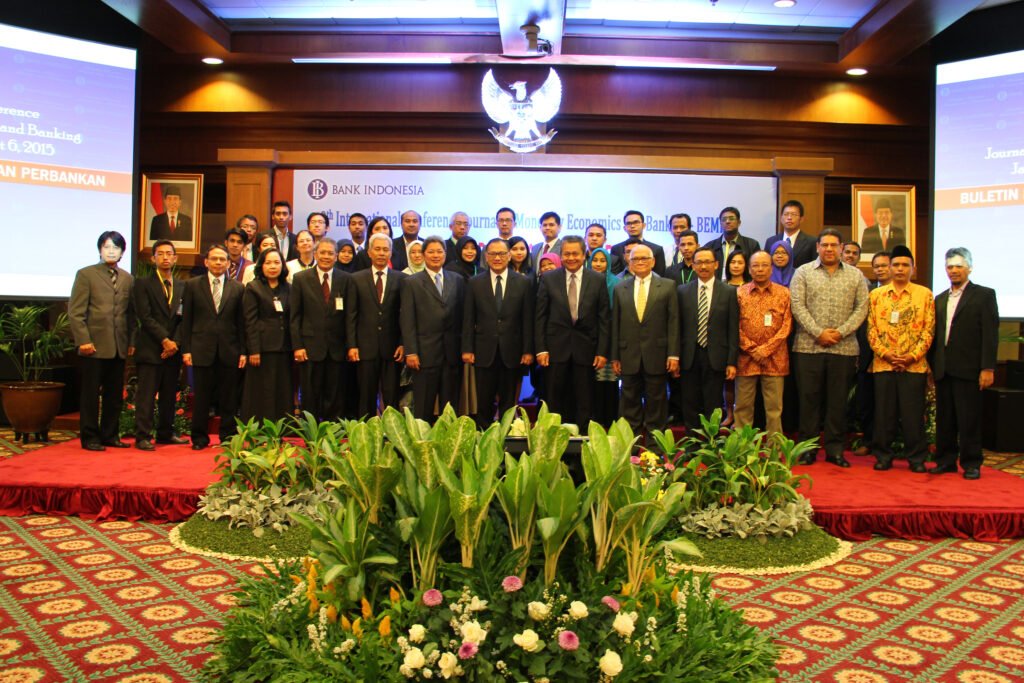Carbon Capture and Storage (CCS) is a crucial technology in mitigating climate change by capturing carbon dioxide (CO2) emissions from industrial sources and power plants, preventing them from entering the atmosphere. The fundamental concept of CCS is based on capturing CO2 at the point of emission, compressing it, and then transporting it for storage in deep underground geological formations. Recent technological advancements in CCS have focused on improving efficiency, reducing costs, and enhancing scalability. Innovations in materials such as advanced solvents, membranes, and adsorption technologies have led to more effective capture processes. Additionally, improvements in monitoring and verification techniques ensure the safe and secure long-term storage of CO2.
Technological Advancements in CCS have made significant strides in recent years. In the capture phase, post-combustion capture technologies have advanced through the development of more energy-efficient solvents, such as amino acid-based solutions, which reduce the energy penalty associated with CO2 absorption. In pre-combustion capture, integrated gasification combined cycle (IGCC) plants are becoming more viable, allowing for CO2 capture before fossil fuels are burned. Moreover, direct air capture (DAC) technologies have gained attention as they enable the extraction of CO2 directly from ambient air. These advancements reduce the overall operational costs and improve the efficiency of CCS, making it more competitive as a climate change mitigation tool.
Storage Technologies and Safety are critical components of CCS. The storage process primarily involves injecting CO2 into deep geological formations, such as depleted oil and gas reservoirs, deep saline aquifers, or un-minable coal seams. Recent studies indicate that these formations can safely store CO2 for thousands of years. Advances in geological modeling and seismic imaging have enabled more precise identification of suitable storage sites. Furthermore, innovations in monitoring technologies, like fiber-optic sensors and satellite-based remote sensing, enhance the ability to track CO2 movement and prevent leaks, thereby improving the safety and security of storage sites.
Economic Considerations of CCS are central to its widespread adoption. The high upfront capital costs of CCS infrastructure, including capture units, transportation pipelines, and storage sites, are significant barriers to its implementation. However, the economics of CCS are improving due to technological advancements that reduce costs. For instance, innovations in modular design allow for smaller, more cost-effective capture units that can be scaled up over time. Additionally, economies of scale can be achieved by integrating CCS with multiple industrial sources. While the cost of capturing and storing CO2 remains high, ongoing improvements in efficiency and the potential for carbon pricing and government incentives can make CCS a more financially viable option.
Market and Policy Drivers are essential to scaling CCS technology. Governments worldwide are increasingly recognizing the role of CCS in meeting climate goals, such as those set under the Paris Agreement. The introduction of carbon pricing mechanisms, such as carbon taxes and cap-and-trade systems, provides economic incentives for companies to adopt CCS technologies. Moreover, subsidies, grants, and tax credits, like the U.S. 45Q tax credit, have been crucial in supporting CCS development. These policy initiatives help mitigate the economic risks associated with the technology, making it a more attractive option for both public and private investments.
CCS and the Energy Transition are deeply intertwined. As the world moves towards a low-carbon energy system, CCS is seen as a vital bridge technology, particularly for industries that are difficult to decarbonize, such as cement, steel, and chemical production. While renewable energy sources like wind and solar are essential for decarbonizing electricity generation, CCS can help reduce emissions from hard-to-abate sectors. Many experts believe that achieving net-zero emissions by mid-century will require both renewable energy adoption and large-scale deployment of CCS to remove CO2 from the atmosphere.
Collaborative Projects and Large-Scale Deployments have proven to be effective in demonstrating the viability of CCS technologies. For instance, the North Sea’s Sleipner project in Norway, operational since 1996, has successfully stored over 20 million tons of CO2, offering key insights into storage safety and monitoring. Similarly, the Petra Nova project in Texas is one of the world’s largest post-combustion carbon capture projects, capturing up to 1.6 million tons of CO2 annually. These real-world applications demonstrate the potential for CCS to reduce emissions at scale and provide valuable data to optimize the technology.
Future Prospects and Global Scaling of CCS remain optimistic as both private and public sector investments continue to increase. To achieve the necessary global impact, CCS deployment needs to expand significantly. Scaling up CCS will require further advancements in infrastructure, such as building a network of CO2 transport pipelines and storage sites. The development of global CCS hubs, such as those being planned in Europe and North America, could reduce transportation costs and allow for the pooling of emissions from various industries. Furthermore, global collaboration, supported by international policy frameworks and financial backing, will be essential to drive CCS technology toward widespread adoption and affordability.
To conclude, CCS technology is a promising tool for reducing global CO2 emissions, with advancements in capture, storage, and monitoring technologies improving its feasibility. While economic barriers remain, supportive policy frameworks and continued innovation are making CCS more viable. As part of a broader climate strategy, CCS is expected to play a critical role in achieving net-zero emissions, particularly for hard-to-abate sectors, ensuring that the world’s energy and industrial systems transition to a more sustainable future.




